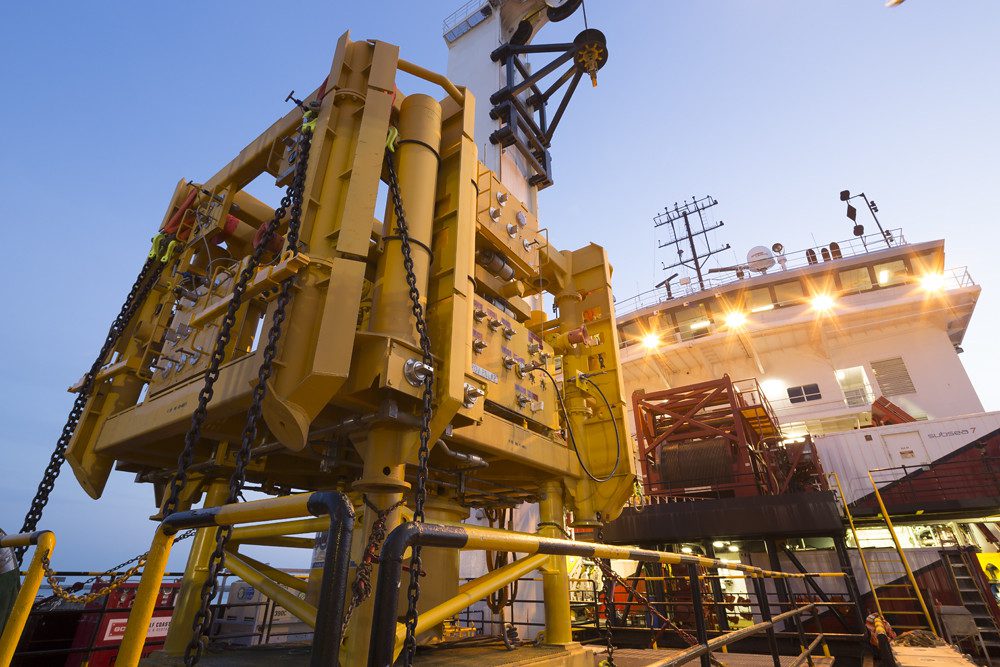The arrival of a capping stack in Guyana is imminent, ExxonMobil Guyana President, Alistair Routledge said. The government mandated that the company have one in-country in case of a large spill.
“We did commit to purchasing one [a capping stack] that will be arriving in Guyana in the next few weeks,” he announced during a press conference on April 30.
Capping stacks were created following the Gulf of Mexico, Macondo incident. It is placed over a blown-out well as a cap to stop or redirect the flow of hydrocarbons and buy engineers time to seal the well permanently. These are not needed when drilling; they merely act as a centerpiece of a containment system kept in readiness at an onshore location, only deployed if the subsea blowout preventer fails to serve its purpose. When that critical piece arrives in Guyana, the country would be the only oil-producing nation in the region to readily have one available, Guyana’s Natural Resources Minister, Vickram Bharrat has said. Having the equipment was first introduced as a condition of the Yellowtail production license.
Standard industry practice is that a prescription is paid for a capping stack. So, in the event of a disaster, it would be transported to the well that needs to be plugged. Up to September last year, ExxonMobil had about three prescriptions for its operations, company official, Anthony Jackson had said during a scoping meeting for the Whiptail project.
Routledge said Tuesday that having a capping stack in-country is “further assurance that we want to make sure that we’re taking care of the environment in Guyana.”
Guyana remains protected from any liability with three layers of defense should an oil spill occur; a sum that amounted to more than US$20 billion as of 2023. There is a US$2 billion guarantee, to be tapped if Exxon’s insurance policy and its assets are not enough to respond to the impacts and fallout associated with an oil spill. The environmental liability insurance is US$600 million. Once this runs out, Exxon would have to rely on its assets and those of its Stabroek Block partners, Hess and CNOOC, to cover additional expenses. This total was more than US$18 billion as of the end of 2022. An update on the value of the Stabroek Block co-venturers’ assets is expected in the second quarter of 2024.




